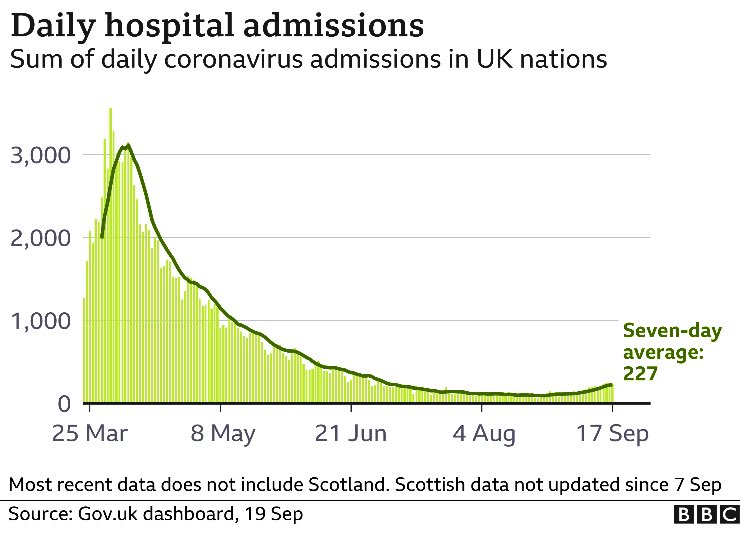In reply @VijayKunadian : 1) we know there is an excess of deaths (when all-causes as a single group are studied) (@d_spiegel);
https://twitter.com/VijayKunadian/status/1283812058467897345
2) there will also be an excess of #cardiovascular deaths (we will release a pre-print shortly for external review @mmamas1973). I think it is very likely people did not come to #hospital - we know that failure to treat MI results in premature death.
(However, limitations in arbitration of cause, ‘default’ to #COVID19 as a cause, & latent effects of missed #heartattack will produce mis-classification bias & an underestimation of the extent of the deaths from not seeking help)
3) there is no carcinogenic shock registry & if there were it would be hospital based (& not cover the full populace by place of incident event - ie it would underestimate) @agershlick
4) many ‘surviving’ #cardiovasvular events will have been spatially displaced (ie stayed at home or care home with #heartattack, @mancunianmedic) & some of these will not have been recorded (or cause stated) as #heartattack or the complications of.
5) there is no full populace #heartfailure registry - even if we link hospital (HES) data with primary care data there could be mis-classification of incidence given that #HF may be stated but not the cause of it. @BSHeartFailure
6) ultimately, tracking the life (health) course of the full populace across all places would provide answers, but until that day we are left with inferences from excellent #datasets that concentrate on specific diseases or specific places of care.
7) finally, live feeds of high quality populace #data are essential if we wish to monitor & therefore improve the health of the nation (our @lancet publication was rapid, yet remains retrospective, & reactive) @MattHancock
• • •
Missing some Tweet in this thread? You can try to
force a refresh





